FUNDING CUTS IMPACT CT HUMANITIES: Help CT Humanities navigate recent funding cuts and continue our vital work across Connecticut. All donations made to CTH will be matched dollar-for-dollar up to $50,000. Donate today!
Now Viewing:
Education
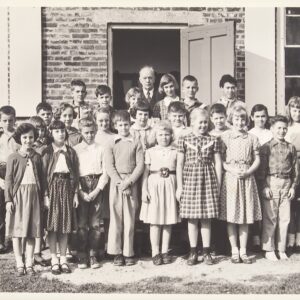
Lewis Sprague Mills and The Story of Connecticut
Lewis Sprague Mills wrote The Story of Connecticut for the state’s students, but today it can be considered a historical document itself.
Read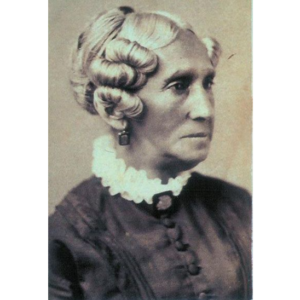
Sarah Harris Fayerweather
Sarah Harris Fayerweather was a Black activist and abolitionist who fought for school integration in the early 19th century.
Read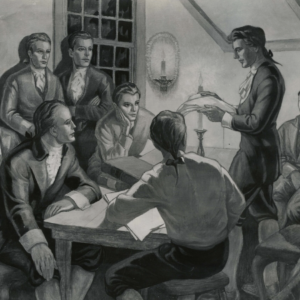
Linonian and Brothers in Unity: The Societies that Built Yale University’s Library
Two undergraduate literary societies, Linonian and Brothers in Unity, donated their large book collections to Yale’s nascent library.
Read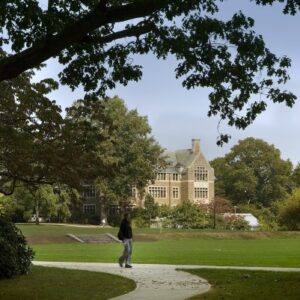
Connecticut College for Women: The State’s First All-Female Institution of Higher Learning
At a time when most universities accepted only men, Connecticut College for Women provided a liberal arts education for women.
Read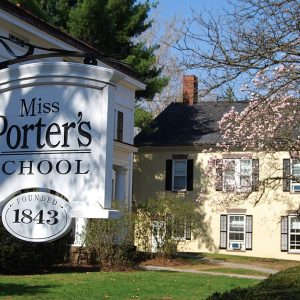
Miss Porter’s School in Farmington
Miss Porter’s School, founded in 1843 in Farmington, is an elite, female, privately funded, 40-acre, educational institution in central Connecticut.
Read
Lillian Hoban: Beloved Illustrator of “I Can Read” Books
Lillian Hoban contributed her talents to nearly one hundred books, securing herself a place as one of the country’s best-loved authors and illustrators.
Read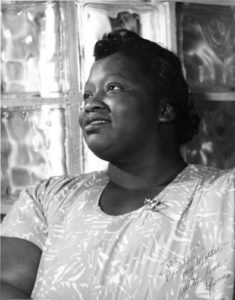
Actress Gwen Reed Best Remembered for Dedication to Childhood Literacy
Gwen Reed was an actress and educational advocate who grew up in Hartford in the early 20th century.
Read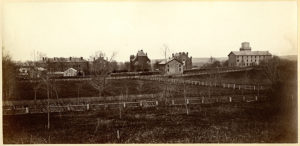
The Socially Dynamic Drumlin of Foss Hill
The changing nature of Foss Hill (on the campus of Wesleyan University) tells the story of evolving cultural influences that altered the landscapes of universities across the country.
Read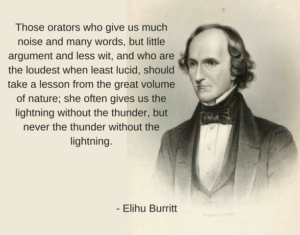
Apostle of Peace: Elihu Burritt’s Quest for Universal Brotherhood
Elihu Burritt, a blacksmith by trade, became an advocate for peace around the world throughout the 19th century.
Read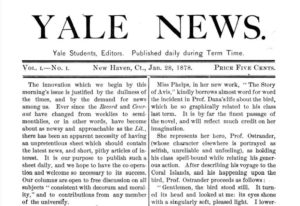
Oldest College Daily – Today in History: January 28
On January 28, 1878, the first edition of the Yale News proclaimed, “The innovation which we begin by this morning’s issue is justified by the dullness of the times, and by the demand for news among us.”
Read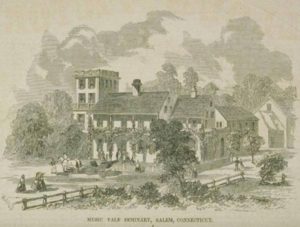
Music Vale Seminary in Salem Credited as Being First in US
In the mid-19th century, Orramel Whittlesey founded a music conservatory in Salem, Connecticut.
Read
Timothy Dwight Dies – Today in History: January 11
On January 11, 1817, Timothy Dwight (theologian, educator, poet, and eighth president of Yale) died in New Haven, Connecticut.
Read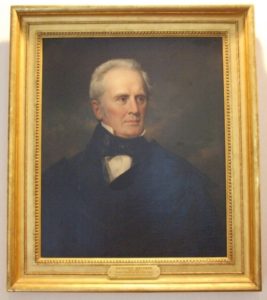
Benjamin Silliman and the Collection That Inspired the Yale Peabody Museum
Benjamin Silliman published the first American study of a meteor—having acquired access to one that fell near the town of Weston.
Read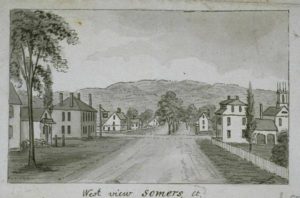
Somers School of the Prophets
The Reverend Charles Backus opened one of the more prodigious schools of the prophets in Somers, Connecticut.
Read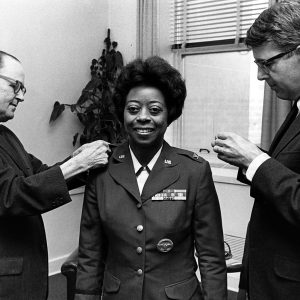
Colonel Ruth A. Lucas: Literary Advocate
In 1968, Ruth A. Lucas became the first African American woman in the air force to attain the rank of colonel and advocated for literacy her whole career.
Read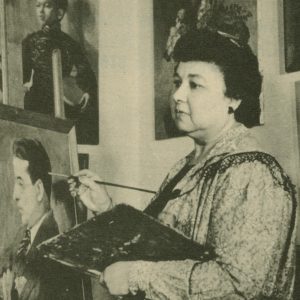
Laura Wheeler Waring: Renowned African American Portrait Artist and Educator
Born in Hartford, Laura Wheeler Waring was an eminent portrait artist of prominent African Americans of the Harlem Renaissance.
Read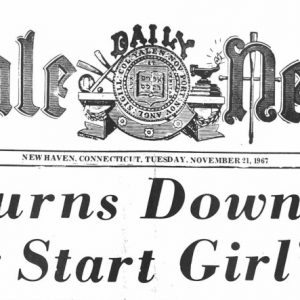
The Merger That Was Not Meant To Be: Yale University and Vassar College
Yale University’s failed merger with Vassar College—a women’s college in Poughkeepsie, New York—in the late-1960s gave Yale the final push into coeducation.
Read
Children of the Reconcentrados: Caroline Selden’s Cuban School
During the Cuban War of Independence, Caroline Selden opened a school for Cuban children in Brooklyn, NY and Old Saybrook, CT.
Read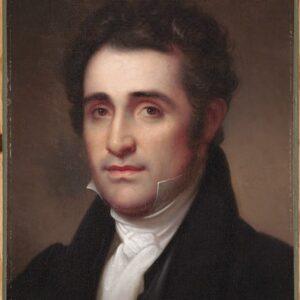
A Willington Visionary Preserves the Nation’s Colonial Past
Jared Sparks was a Unitarian minister, editor, and historian who went on to serve as President of Harvard University in the middle of the 19th century.
Read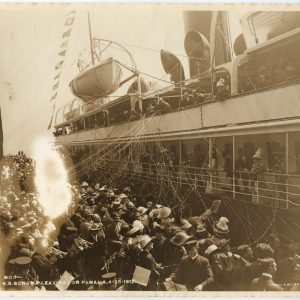
Helen James Chisholm: A Hartford Teacher in Hawaii
Originally from Hartford, Helen James Chisholm’s career took her all the way to the Pacific to teach and run an orphanage.
Read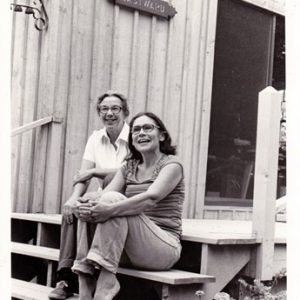
Rewriting the Norm: How Two East Haddam Women Revolutionized Nonsexist Language
East Haddam’s Casey Miller and Kate Swift were both outspoken advocates for eradicating gender bias in the English language.
Read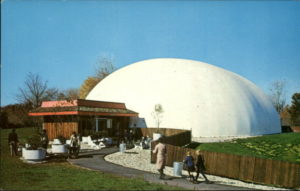
Discovered Dinosaur Tracks Re-Route Highway and Lead to State Park
Some 200 million years ago, carnivorous dinosaurs roamed Rocky Hill leaving the three-toed tracks that would become our state fossil.
Read
The Connecticut Houses that Ended Up in Massachusetts
Old Sturbridge Village moved numerous historical CT buildings, but evidence of their existence still lives on in historic maps, photographs, and memories.
Read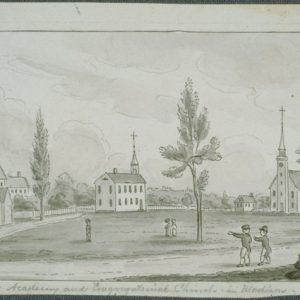
Lee’s Academy: An Icon of Education for 200 Years
For over two hundred years, Lee’s Academy has been a staple of education in Madison, Connecticut.
Read
Maritime History: The Founding of the United States Coast Guard Academy
Connecticut has been home to the United States Coast Guard Academy since the early 1900s.
Read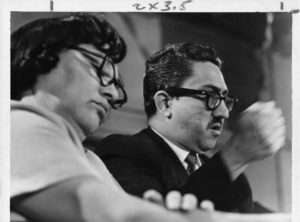
Maria Colón Sánchez, State Representative and Community Advocate
The first Latina elected to the Connecticut General Assembly started as a grassroots activist for Hartford’s Puerto Rican community.
Read
Yung Wing, the Chinese Educational Mission, and Transnational Connecticut
In their respective tragic but inspiring final American acts, Yung and the Mission reflect the worst and best of the Chinese Exclusion Act era.
Read
Arbor Day’s Roots in Connecticut – Who Knew?
Connecticut’s Reverend Birdsey Grant Northrop popularized Arbor Day celebrations in schools across the country.
Read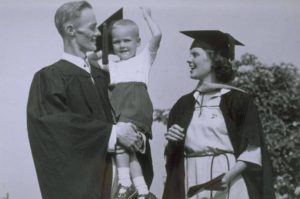
UConn and the Evolution of a Public University
From farming and war work to physics and sports, the University of Connecticut has diversified over the years and become New England’s leading public university.
Read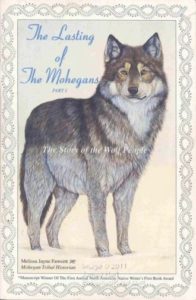
The Story Trail of Voices
Mohegan history and religion have been preserved by many different voices in many different families through Mohegan Oral Tradition. However, since before the American Revolution, four women in particular have passed on Mohegan stories.
Read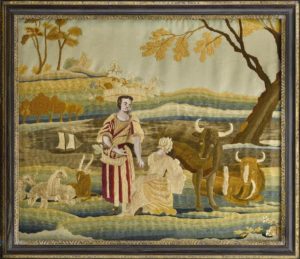
Faith Trumbull: The Artist Was a Young Girl
Her younger brother may be the better-known artist today, but it was her accomplished needlework pictures that inspired his youthful imagination.
Read
Ezra Stiles Captured 18th-Century Life on Paper
Among Ezra Stiles’ greatest contributions to history are the journals and records he kept detailing daily life in 18th-century New England.
Read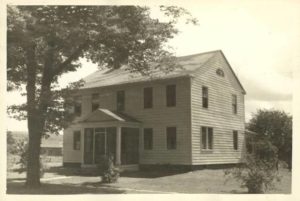
Nellie McKnight Promotes History and Literacy throughout Ellington
Nellie McKnight was a teacher, librarian, and historian who served the town of Ellington for most of her life.
Read
Emma Hart Willard: Leader in Women’s Education
Berlin-born Emma Hart Willard used her passion for learning to create new educational opportunities for women and foster the growth of the co-ed system.
Read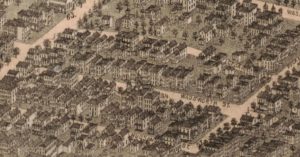
The Lives of Addie Brown and Rebecca Primus Told Through their Loving Letters
Addie Brown and Rebecca Primus were two free Black women whose lives intersected in Hartford, Connecticut in the 19th century. Letters written between them imply their relationship was more than friendship.
Read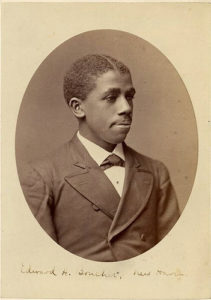
Edward Alexander Bouchet: The First African American to Earn a PhD from an American University
Edward Alexander Bouchet was a physicist who was among Yale’s first African American students, and reportedly became the first African American in the United States to earn a PhD.
Read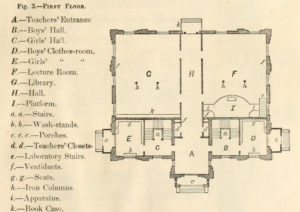
Henry Barnard Advances State and National Education Initiatives
This 19th-century reformer sought to promote harmonious social and civic behavior by revamping the US school system.
Read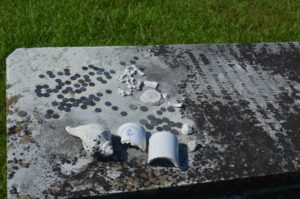
Hidden Nearby: Henry Obookiah’s Cornwall Grave
Heneri Opukaha’ia (Anglicized as Henry Obookiah in his lifetime) of Hawaii was a student of the Foreign Mission School in Cornwall.
Read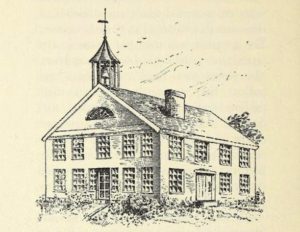
Hidden Nearby: The Morris Academy
Rare for his time, educator James Morris accepted both boys and girls as students.
Read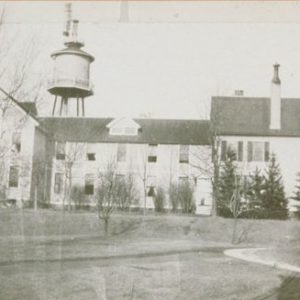
The First University of Connecticut Trustees
When the University of Connecticut started life as the Storrs Agricultural School in 1881, Governor Hobart Bigelow appointed its first eight trustees—all with agricultural backgrounds.
Read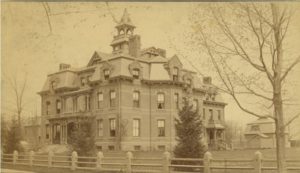
Yung Wing’s Dream: The Chinese Educational Mission, 1872-1881
In all, 120 Chinese students came to live and study in New England. When they returned home, they served as diplomats, engineers, naval officers, physicians, educators, administrators, and magistrates.
Read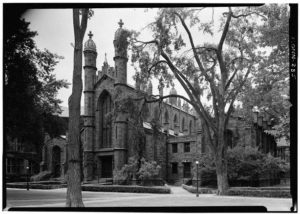
Timothy Dwight Provides Religious, Military, and Educational Services for a Young Country
Timothy Dwight was an influential preacher, poet, and educator who served as a chaplain during the Revolutionary War and later as the president of Yale College.
Read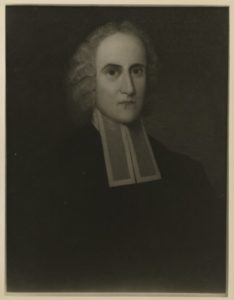
Connecticut Origins Shape New Light Luminary Jonathan Edwards
One of the most significant religious figures in US history, this theologian, philosopher, pastor, revivalist, educator, and missionary spent his formative years in Connecticut.
Read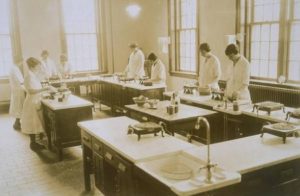
From Aprons to Lab Coats: The Art and Science of Home Economics
In 1893 the Storrs Agricultural College (the precursor to the University of Connecticut) began training women in domestic science, the discipline that would later be called home economics.
Read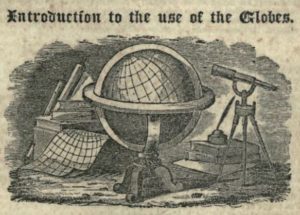
Connecticut Revolutionized Geography – Who Knew?
In 1828, Jesse Olney published A Practical System of Modern Geography, which revolutionized the way the subject was taught in schools during the 19th century.
Read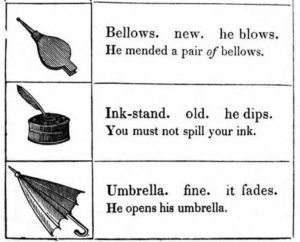
The Child’s Picture Defining and Reading Book by Thomas Hopkins Gallaudet
Thomas Hopkins Gallaudet The Child’s Picture Defining and Reading Book in 1830 while the principal of the American School for the Deaf in Hartford.
Read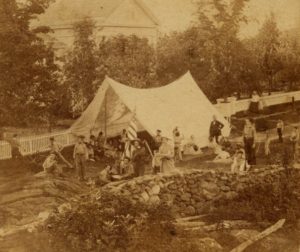
Reading, Writing, and the Great Outdoors: Frederick Gunn’s School Transforms Victorian-era Education
In 1850, this educator, prominent abolitionist, and outdoorsman founded The Gunnery, a school in Washington, Connecticut.
Read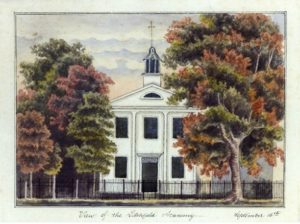
Sarah Pierce’s Litchfield Female Academy
While several educational academies existed for girls in the years following the American Revolution, few proved more influential than Sarah Pierce’s Litchfield Female Academy.
Read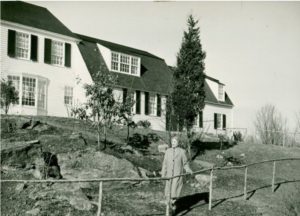
Helen Keller in Connecticut: The Last Years of a Legendary Crusader
The internationally known author, political activist, and lecturer, Helen Keller, made her final home in Easton.
Read
Noah Webster and the Dream of a Common Language
Best remembered for the dictionary that now bears his name, Noah Webster played a pivotal role in shaping the young nation’s political and social identity.
Read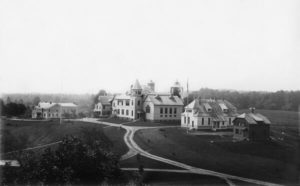
The Yale-Storrs Controversy
In the late 1800s, under pressure from frustrated farmers, the Connecticut General Assembly voted to transfer land-grant status and revenue from Yale to the Storrs Agricultural School (UConn).
Read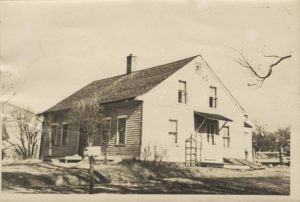
Amos Bronson Alcott Changes the Way Connecticut Children Learn
Amos Bronson Alcott was an educator and reformer born in Wolcott, Connecticut and father to best-selling author, Louisa May Alcott.
Read
Gallaudet’s Vision Advances Deaf Education
Thomas Hopkins Gallaudet is acclaimed today for pioneering education for the deaf in the US and establishing the American School for the Deaf in Connecticut.
Read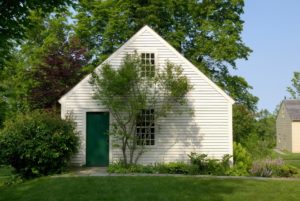
The Litchfield Law School: Connecticut’s First Law School
The Litchfield Law School, founded in 1784 by Tapping Reeve, became the first professional law school in Connecticut.
Read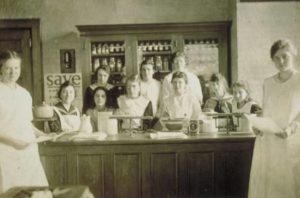
Much Good Might be Accomplished: Catharine Esther Beecher and the Pursuit of Domestic Economy
Thanks to this 19th-century educator and reformer, home economics is standard fare in schools today.
Read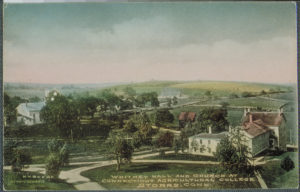
Connecticut Soldiers’ Orphans’ Home
In 1866, the Connecticut Soldiers’ Orphans’ Home opened in Mansfield to house and educate boys and girls left parentless by the Civil War.
Read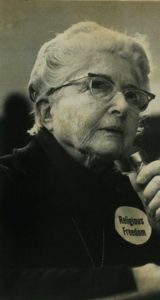
Hilda Crosby Standish, Early Proponent of Women’s Reproductive Health
A pioneer of sex education and family planning, this physician directed the state’s first birth control clinic in 1935.
Read
James Williams, More than Trinity College’s Janitor
James Williams was an escaped slave who became a janitor at Trinity College from the institution’s founding in 1823 until his death in 1878.
Read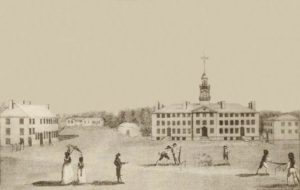
Eleazar Wheelock: Preacher, Dartmouth College Founder
Eleazar Wheelock was a notable eighteenth-century farmer, Congregational minister, revivalist, educator, and founder of Dartmouth College.
Read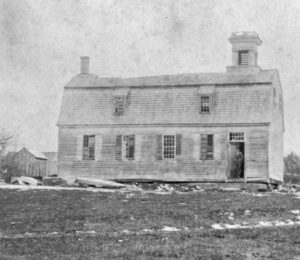
An Experiment in Evangelization: Cornwall’s Foreign Mission School
The story of the Foreign Mission School connects the town of Cornwall, Connecticut, to a larger, national religious fervor that preoccupied the United States during the Second Great Awakening.
Read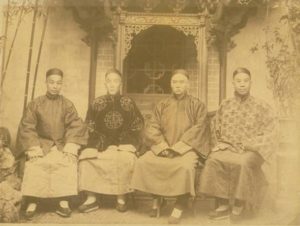
Avon’s Educational and Cultural Pioneer
Yung Wing was the first Chinese student to graduate from a university in the United States.
Read
When Old Saybrook Was a College Town
Yale University traces its origins back to the Connecticut Colony’s passing of “An Act for the Liberty to Erect a Collegiate School” in 1701.
Read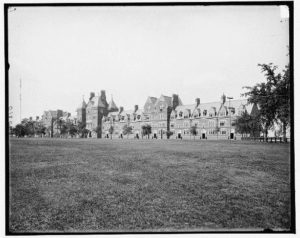
Trinity College – Scholarship and Community Engagement
Founded in 1823, Trinity College has evolved alongside the city of Hartford for nearly 200 years.
Read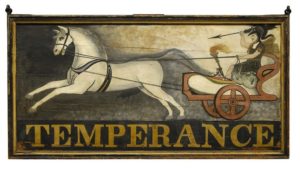
Hope for the West: The Life and Mission of Lyman Beecher
Lyman Beecher was one of the most influential Protestant preachers of the 19th century, as well as father to some of the nation’s greatest preachers, writers, and social activists.
Read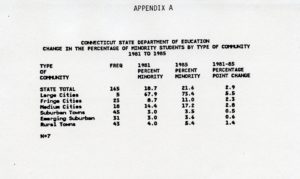
Sheff v. O’Neill – Today in History: July 9
On July 9, 1996, the Connecticut Supreme Court ruled that the state had an affirmative obligation to provide Connecticut’s school children with a substantially equal educational opportunity.
Read
Educator Sarah Pierce Born – Today in History: June 26
On June 26, 1767, pioneering educator Sarah Pierce was born in Litchfield; during her long life, Pierce opened one of the nation’s first schools for women.
Read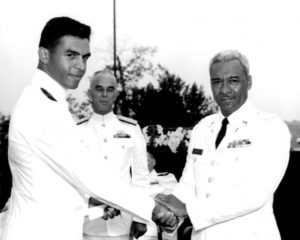
Academy Graduates First African American Student – Today in History: June 8
On June 8, 1966, the US Coast Guard Academy in New London graduated the first African American student, Ensign Merle James Smith, Jr.
Read
Helen Keller Dies – Today in History: June 1
On June 1, 1968, American author, political activist, and lecturer Helen Keller died at the age of 87.
Read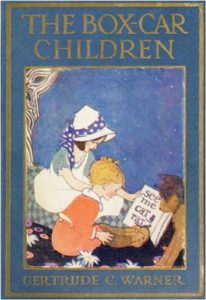
Connecticut: Home to the Boxcar Children Mysteries – Who Knew?
…that Gertrude Chandler Warner, a lifelong resident of Putnam, Connecticut, authored the popular series The Boxcar Children Mysteries?
Read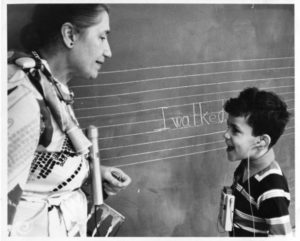
The American School for the Deaf – Today in History: April 15
On April 15, 1817, the Connecticut Asylum for the Education and Instruction of Deaf and Dumb Persons opened with seven pupils in Hartford.
Read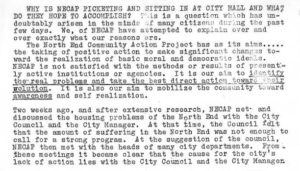
The Northern Student Movement
The Northern Student Movement motivated college students to contribute their energies to important social causes such as literacy and civil rights.
Read
The Innumerable Accolades Afforded Dr. William H. Welch
Trained at Yale, William Welch was a native of Norfolk, Connecticut, and one of the most celebrated physicians of his time.
Read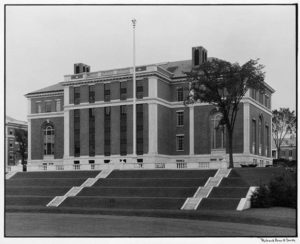
Olin Library and The Debate About Open Space at Wesleyan University
The history of Wesleyan’s library system includes a debate that reveals how values associated with the environment in the early 1900s helped shape the campus’s development.
Read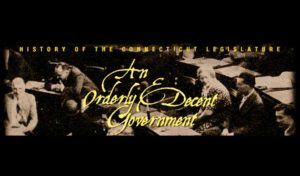
An Orderly & Decent Government: Significant Events & Developments, 1965-Now
Connecticut recast its constitution, reapportioned its House and Senate, and struggled with providing equal rights to all races and socio-economic classes in the state.
Read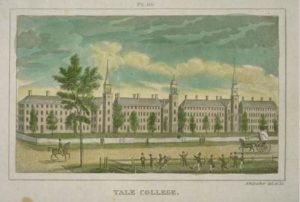
Yale University from Colonial Times to the Present
Yale University has grown from the small “Collegiate School” founded in Saybrook in 1701 to one of the most prestigious universities in the world.
Read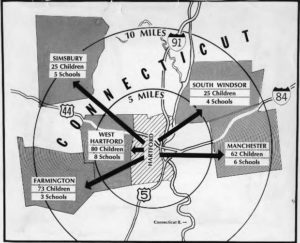
Sheff v. O’Neill Settlements Target Educational Segregation In Hartford
This landmark case not only drew attention to inequalities in area school systems, it focused efforts on reform.
Read
Catharine Beecher, Champion of Women’s Education
Sister to two of the most famous figures of the 19th century–Harriet Beecher Stowe and Henry Ward Beecher–Catharine Esther Beecher achieved fame in her own right as an educator, reformer, and writer.
Read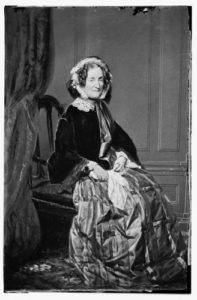
Miss Huntley’s School Opens – Today in History: August 1
On August 1, 1814, a young teacher named Lydia Huntley opened a school for young women in Hartford.
Read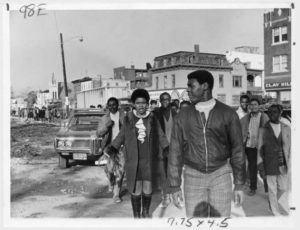
A First Amendment Lesson: Weaver High Students Teach Their Elders
In the 1960s, Hartford high school students published a controversial newspaper that sparked debates about freedom of speech and freedom of the press.
Read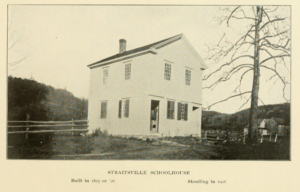
Child Labor vs. Schooling in 19th-century Naugatuck
The Naugatuck school system today consists of 11 public schools that provide a thorough contemporary education to over 4,000 students—but this was not always the case.
Read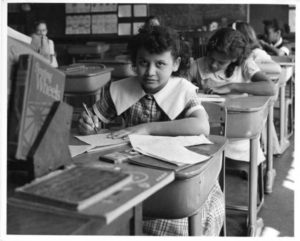
Five Minutes that Changed Connecticut: Simon Bernstein and the 1965 Connecticut Education Amendment
“There shall always be free public elementary and secondary schools in the state. The general assembly shall implement this principle by appropriate legislation.”
Read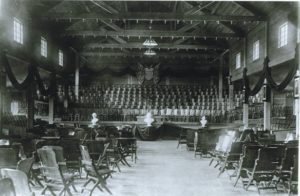
Norfolk—Alive With The Sound of Summer Music
Norfolk began hosting the Yale Summer School of Music and Norfolk Chamber Music Festival back in 1941.
Read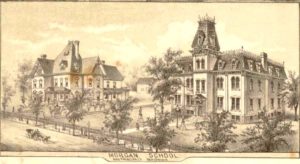
A Shipping and Railroad Magnate Remembers His Connecticut Roots
From Connecticut, Charles Morgan was a shipping and railroad magnate who became one of the most esteemed New York millionaires of the 19th century.
Read
Plainfield Academy: Preparing Connecticut Scholars in the 18th and 19th Centuries
Founded in the late 18th century, the Plainfield Academy went on to become just the third school incorporated in the state of Connecticut.
Read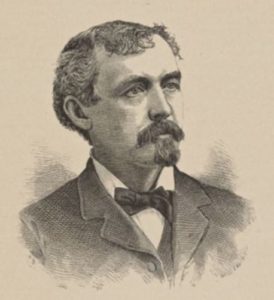
William Edgar Simonds: A Schoolteacher Turned Civil War Hero
Originally a teacher, William Edgar Simonds’ service during the Civil War launched Simonds into a life of politics and international acclaim.
Read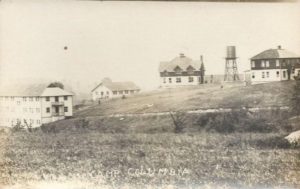
Hidden Nearby: Camp Columbia State Park in Morris
Once an engineering field school for Columbia University, this former campus presents a study in change and adaptation.
Read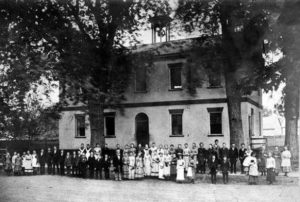
Wethersfield Academy
In the mid-17th century, Connecticut was considered the most literate place on earth, primarily due to the early Puritans’ insistence that everyone be able to read and write.
Read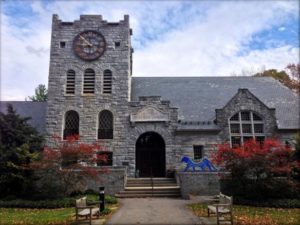
The Scoville Memorial Library
The first publicly funded library in the US continues to serve the town of Salisbury.
Read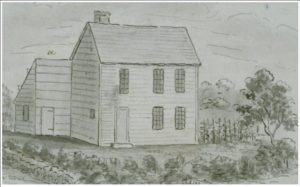
Samson Occom and the Brotherton Indians
A Mohegan and founding member of a pantribal group of Christian Indians, Occum sought to preserve Native autonomy by living apart from European communities.
Read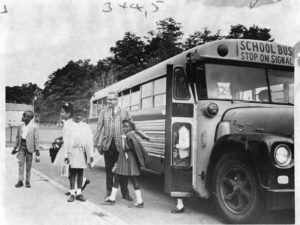
Connecticut Takes the Wheel on Education Reform: Project Concern
As one of the earliest voluntary busing programs in the US, Project Concern sought to address educational inequalities.
Read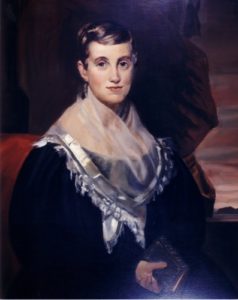
Prudence Crandall Fights for Equal Access to Education
A headmistress champions education for African American women and although forced to close her school in 1834, she helped win the battle for generations that followed.
Read
Homer D. Babbidge, Leader in Education
Homer Daniels Babbidge, Jr., made his mark as president of the University of Connecticut from 1962 through 1972 and transformed the once-quiet university into a national leader in higher education.
ReadMore Articles




